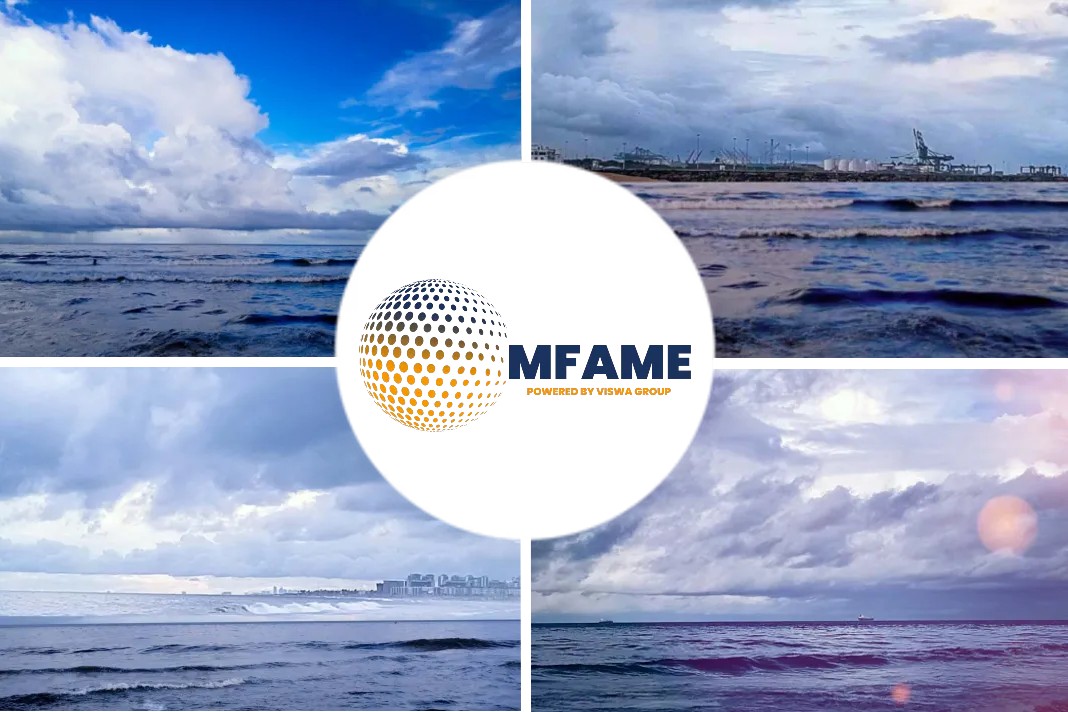 As per an article published in Platts, the new sulfur emission norms for marine fuels have boosted the sale prices of secondhand tankers, particularly the Long Range II, which are in strong demand, shipping industry executives have reportedly said.
As per an article published in Platts, the new sulfur emission norms for marine fuels have boosted the sale prices of secondhand tankers, particularly the Long Range II, which are in strong demand, shipping industry executives have reportedly said.
Sale prices of five-year-old LR2s have risen by up to 28% in the last six months alone, they said.
Why is this happening?
- Under the regulations of International Maritime Organization, it will be mandatory globally to cut sulfur emissions from marine fuels to 0.5% from next year compared with the current 3.5%.
- This will push up the demand for marine gasoil, or MGO, which is moved in clean tankers and their freight rates are also expected to get a boost, making them attractive for investors.
- Shipowners are finding it lucrative to buy clean tankers such as LR2s, which is a preferred mode of transport for MGO, sources said.
How did this happen?
“There is an asset play going on with more LR2s being grabbed by owners in the sale and purchase, or S&P, market,” a source involved in such deals said on the sidelines of the MARE Shipping Forum in Singapore earlier this week. Around 10-15 LR2s have exchanged hands in the last six months, he said.
Boosting Sales
This is pushing up the prices of the LR2s, which are significantly higher compared to last year.
A five-year-old LR2 is now being quoted around $31-$32 million in the S&P market up 24%-28% from $25 million in August, according to the estimates of brokers.
The Impact
“The IMO 2020 regulations are already being priced in the value of ships,” said an S&P broker who did not wish to be named.
Considering the further upside potential in the clean tanker prices, not many five year olds are now being offered in the market. Owners prefer to keep these ships in anticipation of further value enhancement and also to recover the cost of investment made earlier.
Most sales and purchases are taking place in the 10-year- and 15-year-old segment, the S&P broker said.
- Even for the 10-year-old LR2s, brokers estimate that the going rate is now $22-$23 million.
- These ships were worth around $19.5-$20 million in August last year, they said.
- A 10-year-old ship is now priced close to the value of a five-year-old six months ago, they added.
Most big oil trading and refining companies are looking to have LR2s but existing owners will not easily part with the younger ships, said a ship finance executive who is channeling investment into such deals.
Newbuilds Affected
“It is not easy to get a young LR2 ship for purchase,” he said.
Despite newbuilds entering the global fleet as well, it is the positive freight outlook for these tankers, which is prompting owners “to sit up and take action,“ he said. Furthermore, newbuilds have to be ordered a few years in advance while the secondhand ships can exchange hands at short notice and are also relatively cheaper.
Meeting the Demand
Large volumes of MGO are expected to move from North Asia, India, and the Middle East to Europe to meet the burgeoning demand in the runup to and after the new marine fuel emission norms are implemented.
- Demand for MGO can at least double next year, said Ralph Leszczynski, Singapore-based director for research for Banchero Costa, a global shipping brokerage and consultancy.
- Asia is now heavily surplus in gasoil and most of these volumes will move to Europe, he said.
How LRs are pitted against one another?
- The economy of scale warrants that larger parcels are moved in single voyages and it is here that LR2s have an edge over the LR1s and MRs.
- Such is the interest in LR2s that last month even a 14-year-old fetched around $13.5-$14 million for the seller, sources said.
- While LR2s have eaten into the demand for MRs in moving cargoes from North Asia but as a spillover impact, the sale prices of smaller ships has also benefited from the upward trend.
- The 2009-built Japanese MRs can now fetch around $16.2-$16.3 million, up from $15 million-$15.5 million, three months ago, brokers’ estimates showed.
The Aframaxes Market
- Even the Aframaxes, which are used to move fuel oil, are in strong demand as an asset worth investing in, sources said.
- This is because part of the demand for bunkers under the IMO 2020 regime will be met from high and low sulfur fuel oil.
- Brokers estimate that close to 40 Aframaxes and LR2s combined have exchanged hands in the last six months.
- Earlier this month, Viking sold three 2005-2006 built Aframaxes en bloc to buyers in the Middle East, and market participants said the total deal was close to $48.5 million.
- Viking executives could not be immediately reached for comment.
Did you subscribe to our daily newsletter?
It’s Free! Click here to Subscribe!
Source: Platts

























